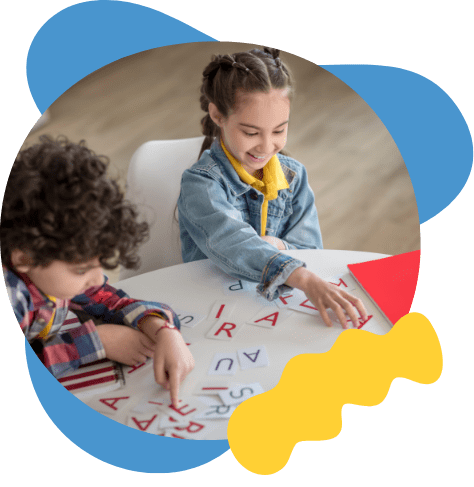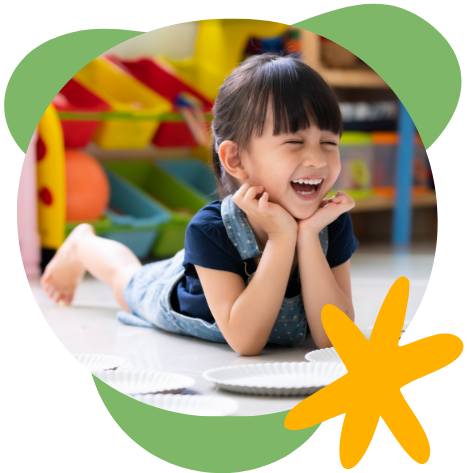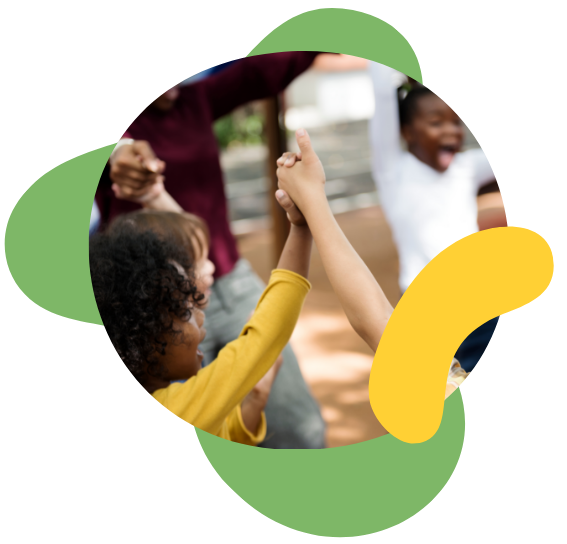Curriculum


The Creative Curriculum’s goals and objectives are contained in four domains: social/emotional development, physical development, cognitive development, and language development. These objectives are sequential based on developmental steps for the early childhood years.
The rationale for planning experiences is based on where the individual child is along the progression. Treasure House seeks to cater to a child’s individual needs. The Developmental Continuum component of The Creative Curriculum provides the framework for planning learning experiences.


![]()
The Creative Curriculum recognizes room arrangement and content as a teaching strategy. Twelve interest areas supply the place and materials for children to develop skills through play, their primary vehicle for learning. The daily schedule includes active and quiet time, large and small group activities, individual and teacher-directed activities, and indoor and outdoor playtimes.
The Creative Curriculum Weekly Planning Form consists of two sections. The Learning Environment section identifies the area of study and what materials can be added to the interest areas to support learning. The Planning for Groups section details what activities will occur and what materials are needed.

Young children learn by doing, touching, experimenting, choosing, talking, and negotiating. Everything is a potential curriculum for young children. Emergent Curriculum is planning what happens in the classroom and the focus of learning through interaction between teachers and children, with both contributing ideas and reacting to them to build engaging and worthwhile units of study.
The curriculum approach builds on interests that emerge from our daily lives with the children. The children provide the ideas that form a foundation for activities and units of study that are then prepared, organized, coordinated, and facilitated by the teachers.


![]()
We view curriculum as everything that happens during our time with your children. We believe that each moment offers opportunities to explore relationships and to create a community that nurtures children, teachers, and families.
Each moment holds a range of feelings and interests. There are always questions to pursue, hypotheses to investigate, and discoveries to celebrate. Our curriculum happens all day in every routine, action, interaction, and rearrangement of the room.